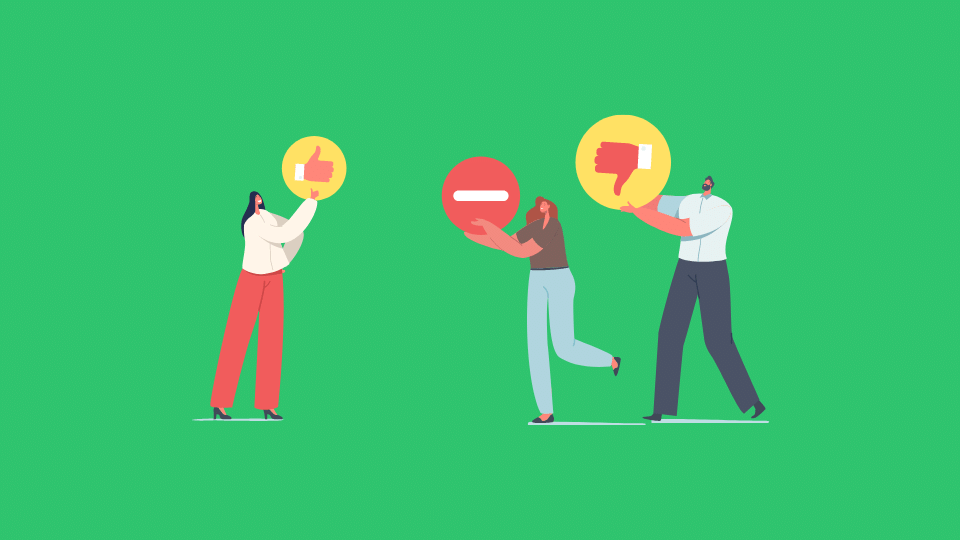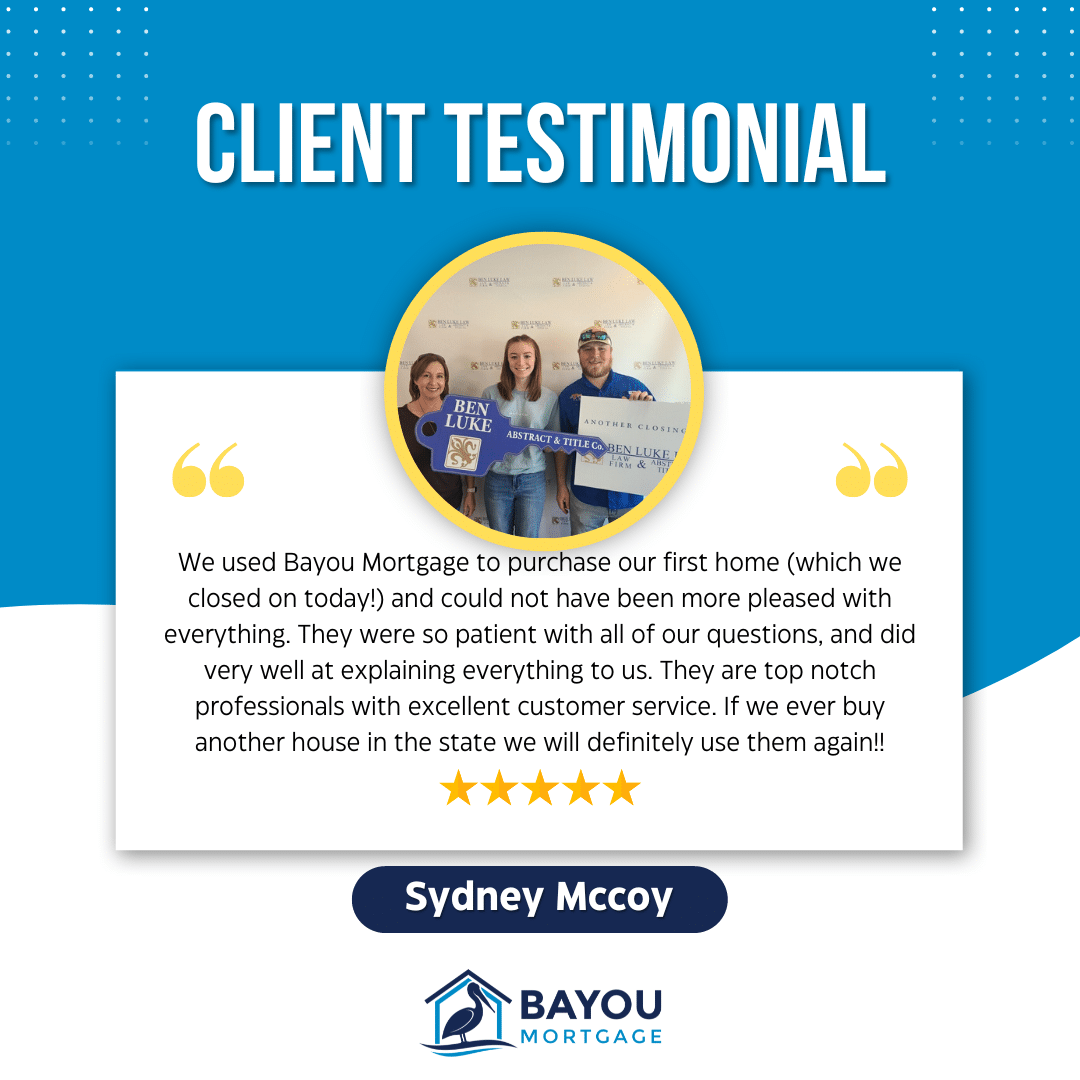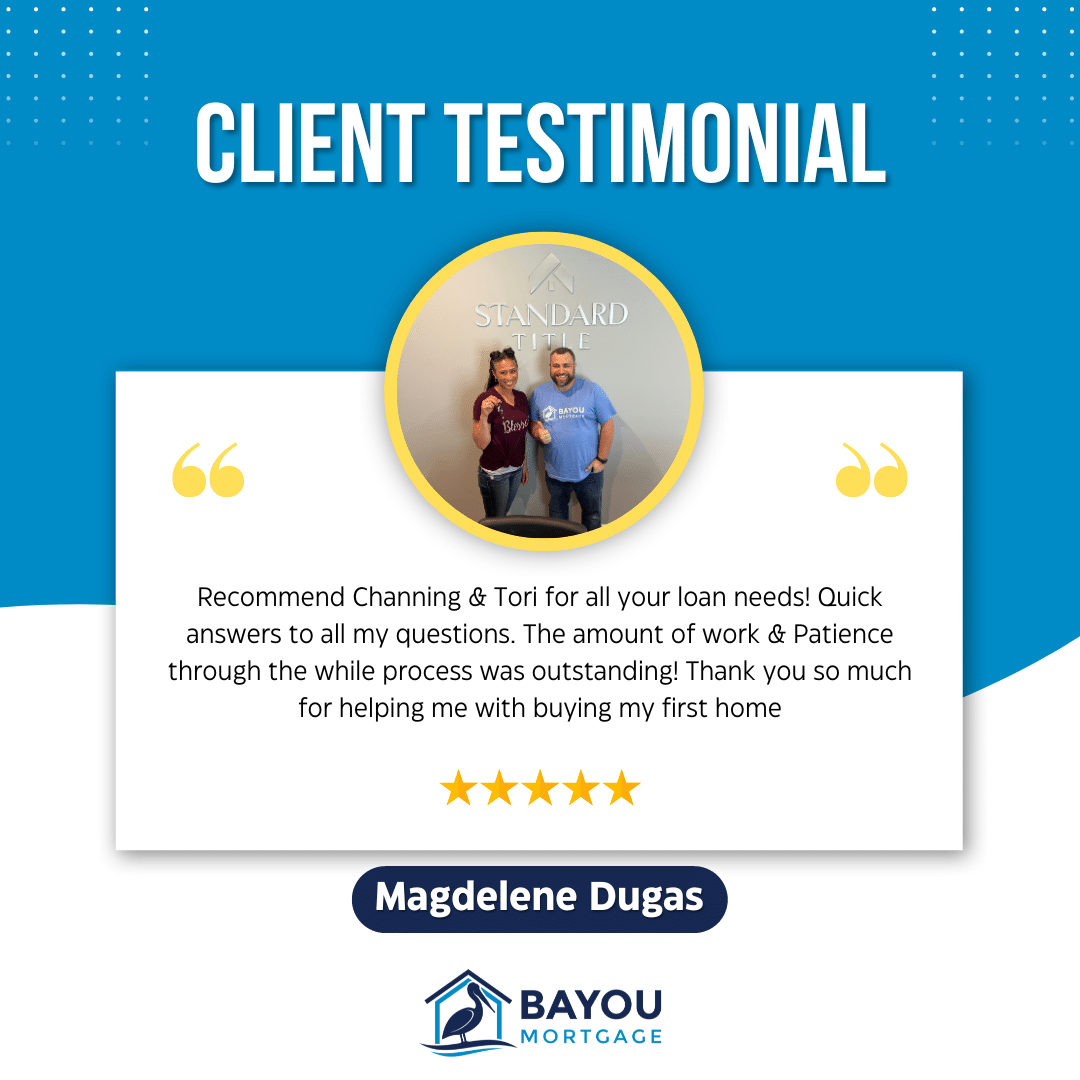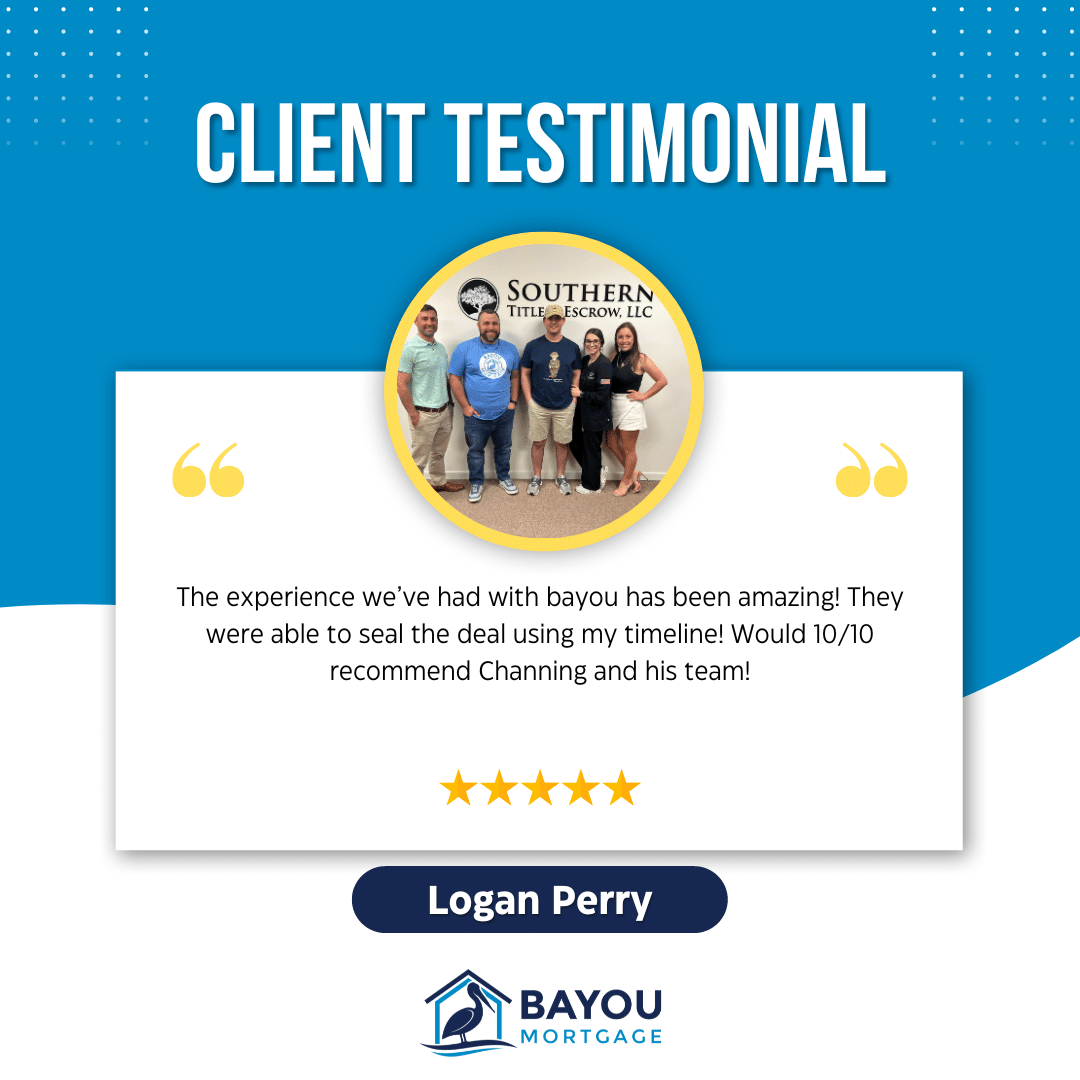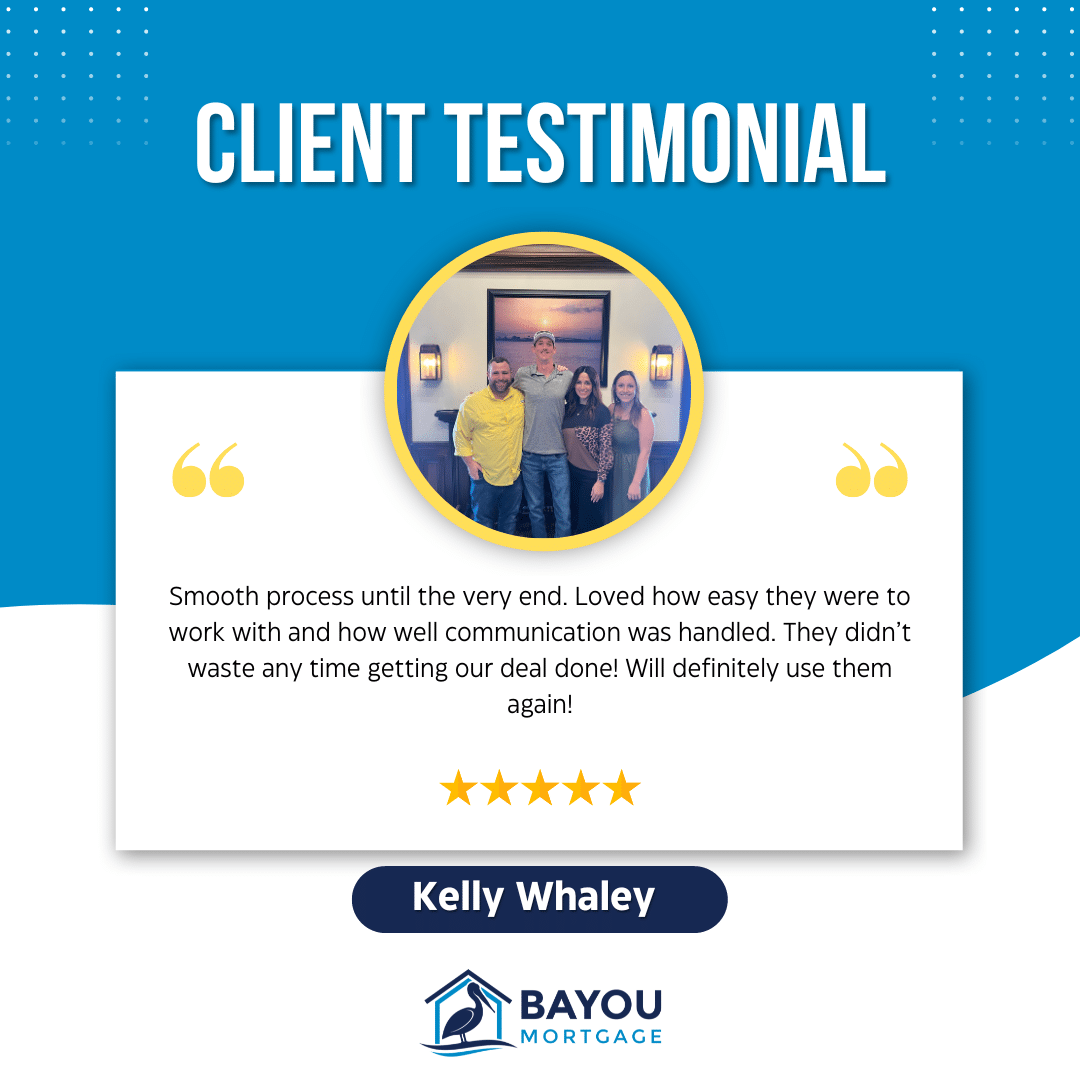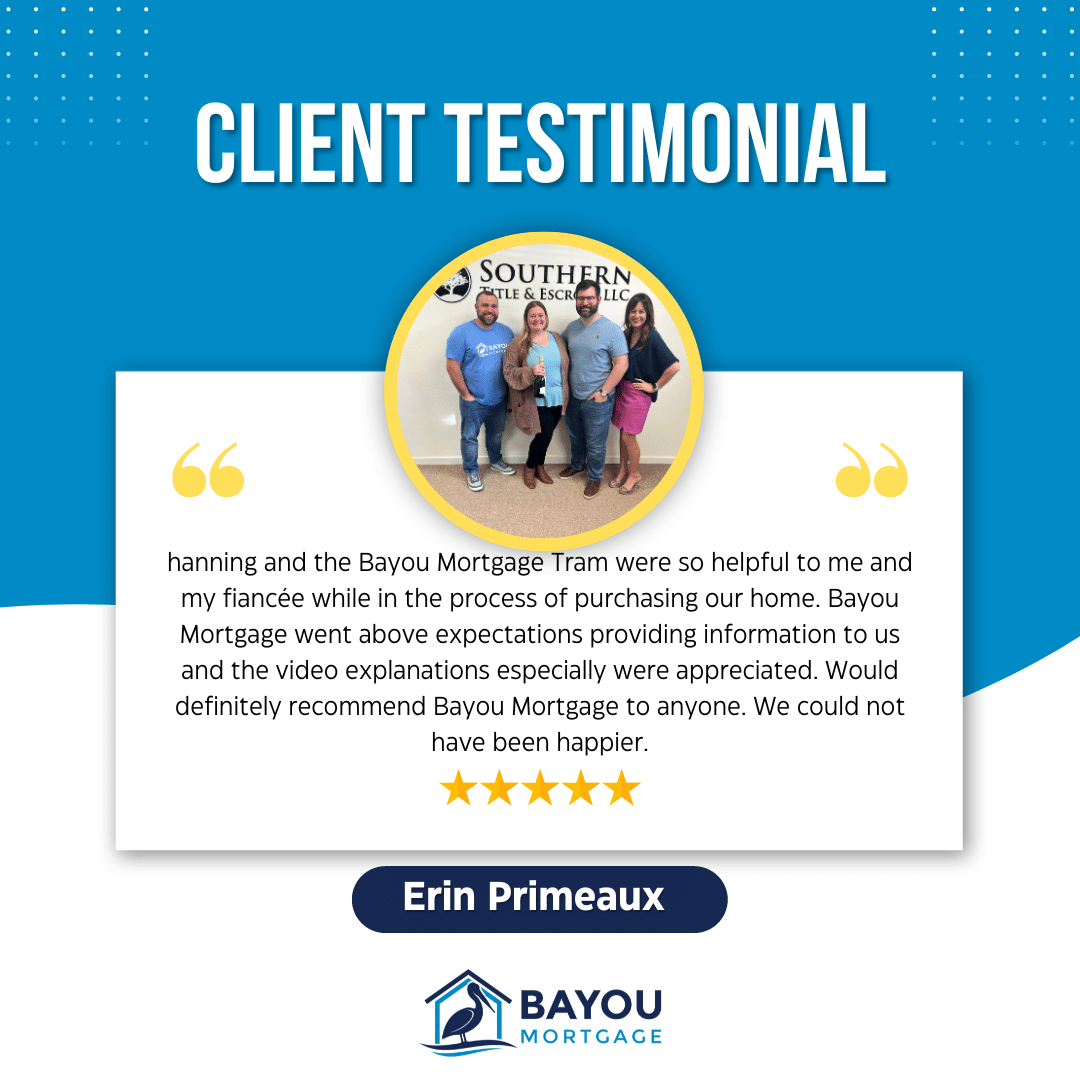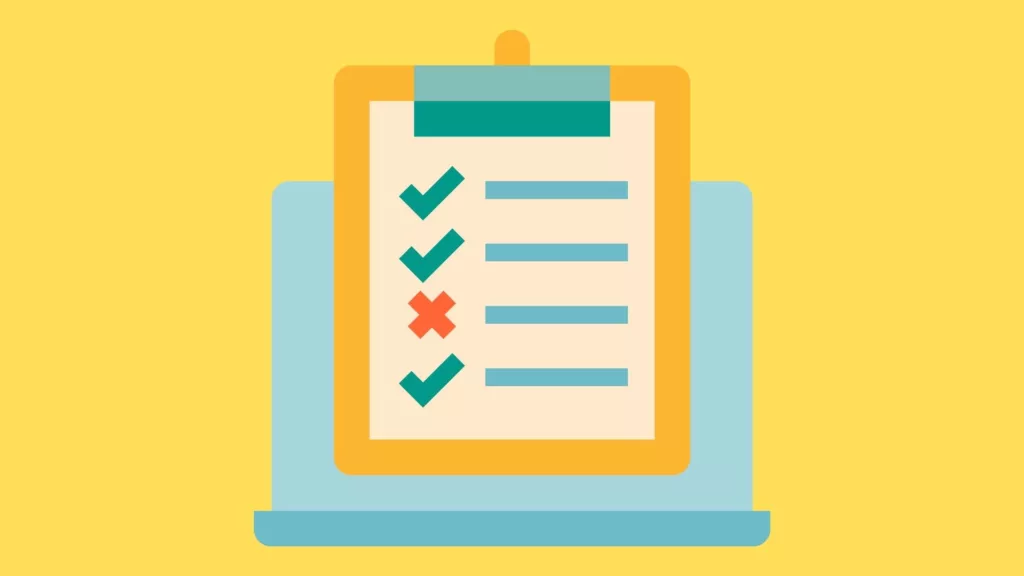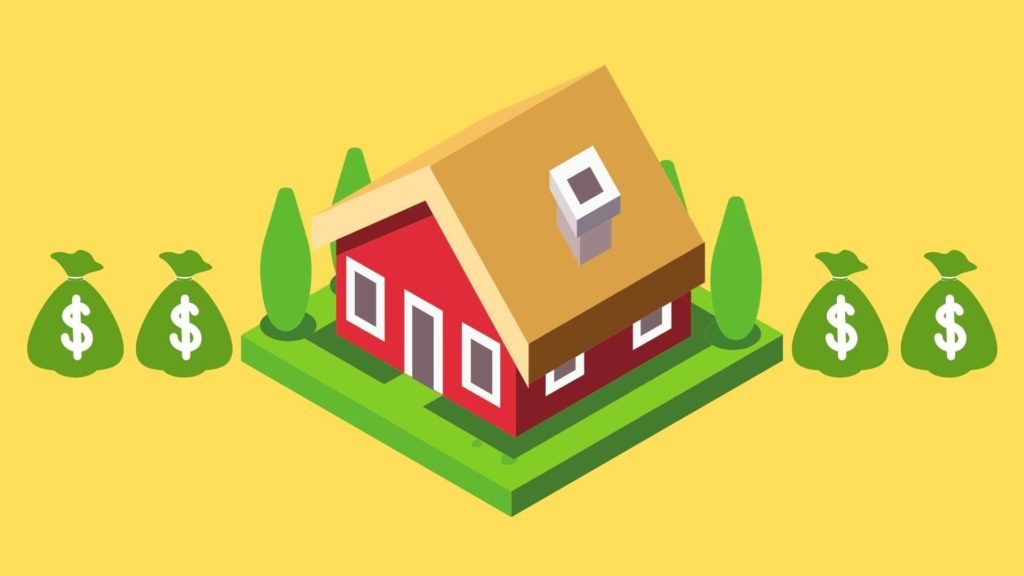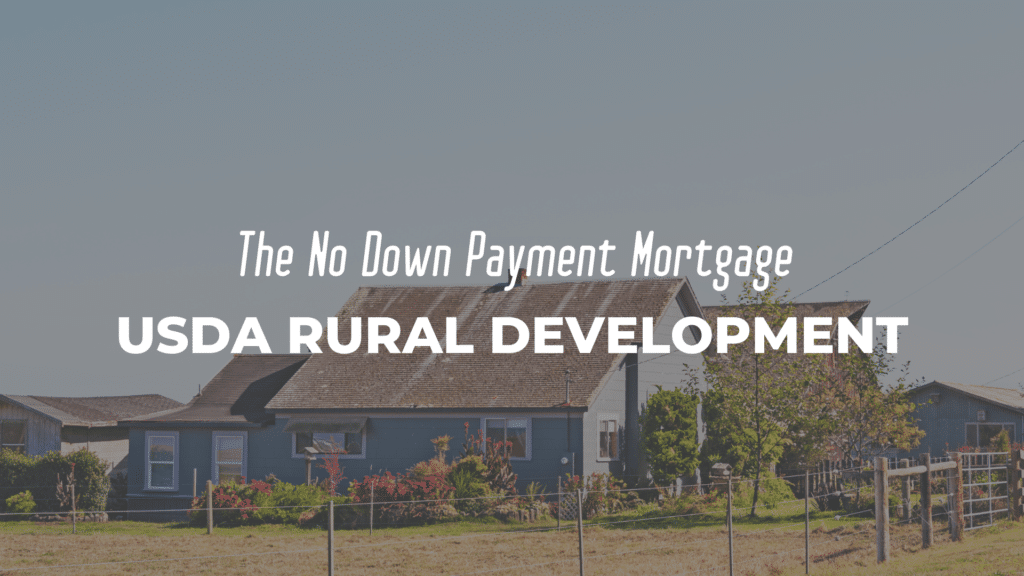The USDA Rural Development Loan is a loan program that was created to help low to moderate-income homebuyers purchase a home in rural areas. However, the USDA’s definition of rural may not be the same as yours. Most areas that have a population of less than 35,000 will qualify.
But is the USDA loan right for you? Let’s take a closer look at the pros and cons of USDA loans.
What are the pros of a USDA Loan?
The USDA offers two different types of loans, Single Family Direct Loans, and Guaranteed Loans. The Single Family Direct loan is for very low-income families and is offered through the USDA directly.
We will be looking at the Guaranteed loans since that is the program that is most commonly used.
USDA Loans Have No Down Payment Requirement
The USDA loan is one of the few mortgage programs still available that allows you to purchase a home without needing a down payment. Since nearly 48% of all first-time homebuyers list the down payment as their biggest hurdle, this is a huge deal.
If you were to buy a $200,000 home, and use an FHA loan, you’d need $7000 just for the down payment, and that doesn’t include your closing cost and other factors.
Using a USDA Loan means that you can save a lot of money, just by stretching out the area you are willing to live in.
Lower mortgage insurance premium
When you purchase a home and you don’t put 20% down, you are most likely going to have mortgage insurance. With conventional loans, this is known as private mortgage insurance or PMI. FHA calls this mortgage insurance premium.
This insurance makes it possible to buy a home without a huge down payment, but it is a monthly cost you need to consider.
The only loan that is both a no down payment loan and doesn’t require PMI is the VA loan for active-duty members and veterans. If you are in the military you’ll definitely want to check them out.
The USDA rural development loan offers the lowest PMI of all loan programs except VA. Lower PMI means a lower monthly payment.
| Mortgage Insurance | USDA | FHA |
|---|---|---|
| Upfront Fee | 1% | 1.75% |
| Annual Mortgage Insurance | 0.35% | 0.85% |
| Monthly Cost | $59 | $144 |
| Total Upfront Cost | $2708 | $5228 |
Competitive interest rates
When it comes to financing a home it’s always important to consider your interest rate. Your interest rate determines how much money you are going to pay the bank to borrow their funds. The lower your rate, the better things will be for you.
USDA loans have surprising low-interest rates for a loan that doesn’t require you to put any “skin in the game”. The market rates for USDA loans is comparable to FHA Loans and other government loan programs.
The reason this is possible is that the United States Department of Agriculture insures the loans, giving the banks incentive to lend money. In the event a homeowner defaults, the USDA will reimburse the bank a certain amount for the loss.
Multiple Ways to Pay Closing Costs
Another pro about USDA Rural Development loans is that there are multiple ways to pay closing costs. While you don’t need a down payment with these loans, there are still closing costs to consider, and they can add up quickly.
The average closing costs on a mortgage ranges from 2% to 5%. With Rural Development loans, you have multiple ways to cover your costs if you can’t afford them.
Gift Funds
The first is through gift funds. If you have a family member or an employer who is willing to give you money to help buy a home the USDA will allow it. Gift funds must be a real gift, and there are some documentation requirements you need to meet.
Seller Paid Closing Costs
Another popular option is having the seller cover your costs. USDA will allow the seller to pay up to 6% of the purchase price back to you in closing costs.
For a $200,000 purchase price, this would be $12,000 back to you in closing costs. You and your realtor will need to negotiate for this, but this is probably the best option if you find yourself short on funds.
Roll Them Into The Loan
Another pro of USDA and one that’s totally unique to the program is they will allow you to roll your closing costs into the loan. This can only be done if your home appraises for more than you are purchasing it for.
If you are purchasing a home for $200,000 and it appraises for $205,000, then USDA will allow you to roll that extra $5,000 into the loan to cover your closing costs.
Where are the Cons to USDA Loans?
As great as the USDA loan is, there are still cons to getting one. Some of the biggest are the income limits and location restrictions.
Income Limit
The USDA loan is designed to help low to moderate-income families and because of this, they have restrictions on home much you can earn and still qualify for the program.
It’s not just your income either, the USDA uses the income of your entire household to determine if you qualify. So if you have multiple people in your home that work, all income from working family members must be counted.
Generally, you must be under 115% of the annual median household income for your area. Your family size does matter, so if you have 5 or more people in your house, the income limit is higher.
| 1-4 Member Households | 5-8 Member Households |
|---|---|
| $110650 | $146,050 |
Location Restrictions
The other major drawback to the USDA Loan is the property location restriction. Since it is a Rural Development loan, you cannot use the USDA loan inside of major city limits. The USDA defines this as a city with more than 35,000 people.
As long as you don’t live in one of the Top 10 largest cities in the US, most of the suburbs are going to be open to the USDA Rural Development Loans.
If you are in Louisiana, the suburbs of New Orleans, Shreveport, Baton Rouge, Lafayette, Lake Charles, Alexandria, West Monroe, and others are all available for you to purchase a home using the program.
If you are willing to extend your community for a few minutes you could purchase a home without the need for a down payment.
🏠. See What Areas Qualify for USDA
Mortgage Insurance Stays on the Loan
USDA calls mortgage insurance a guarantee fee. You have a 1% fee that is rolled into your loan amount, and then each year you pay a 0.35% fee/ While they don’t call it mortgage insurance it works the same way. The 0.35% annual fee is paid back monthly with your mortgage payment.
If you owe $200,000 for your mortgage, your annual guarantee fee will be $700 which breaks down to $58 per month.
This is a small price to pay for those who can’t save up $40,000 to put 20% down. In fact, even with FHA which only requires 3.5% down, you’ll pay more than twice this. The FHA Annual Fee is 0.85%
That same $200,000 loan will cost you $141.66 per month with FHA.
Chart with PMI differences
Primary Residence Only
Another con is that you can only use the loan to purchase a primary residence. While it would awesome to be able to purchase a vacation home or an investment property without having to put money down, there is a good reason you can’t.
Buying a home without a down payment is risky enough for the bank, and second and investment homes are even riskier.
Also, if you currently own a home, you may not be able to buy a home using a rural development loan.
There are strict guidelines that determine whether you can buy a new primary residence if you currently own a home.
You must be able to prove:
- You’ve outgrown your home due to family growth
- You relocated or changed jobs and the new home is significantly closer
- You live in a mobile home that isn’t attached to real property
- Your home can’t accommodate a family member with disabilities
If you can’t meet one of these requirements, you’ll likely need to use another loan program.
Is a USDA Loan right for you?
The USDA Loan is a great loan program that allows you the opportunity to buy a home with no money down. If you want to purchase in an eligible area, and you aren’t a member of the military, use the USDA Rural Development Loan.
If you have a down payment and don’t want to live in the suburbs, consider an FHA or Conventional loan.
👉 How To Apply for a USDA Rural Development Loan
USDA Loan Pros and Cons FAQs
What is the downside of a USDA Loan?
You can’t purchase a home anywhere with a USDA Loan. You must buy a home in an eligible area, and you have to meet their strict income requirements which look at the income of your entire household.
Is a USDA loan worth it?
Over 48% of people say that saving for a down payment is the biggest hurdle they face when buying a home. So a USDA loan is certainly worth it for someone who can’t come up with a down payment. It also has competitive interest rates and lower than average monthly payments.
What is the advantage of a USDA Loan?
The biggest benefit of USDA loans is that they don’t require down payments. Since USDA Rural Development is a 100% financing loan program, you can save thousands of dollars when buying a home.
Does the USDA annual fee ever go away?
The USDA annual fee will remain with the loan as long as you have a USDA loan. Unlike conventional loans, you’ll still pay the fee even once you’ve reached 20% equity in the home. You can refinance into a conventional loan to get rid of the fee once you have enough equity.
How long does it take to get approved for a USDA Loan?
The process for getting a USDA isn’t that different than other loan programs. It’s possible to get fully approved within 30 days of going under contract. The loan does have to go to USDA for approval so that can take extra time, especially if they get back up. You should be prepared for it to take between 30 and 45 days to close the loan.

